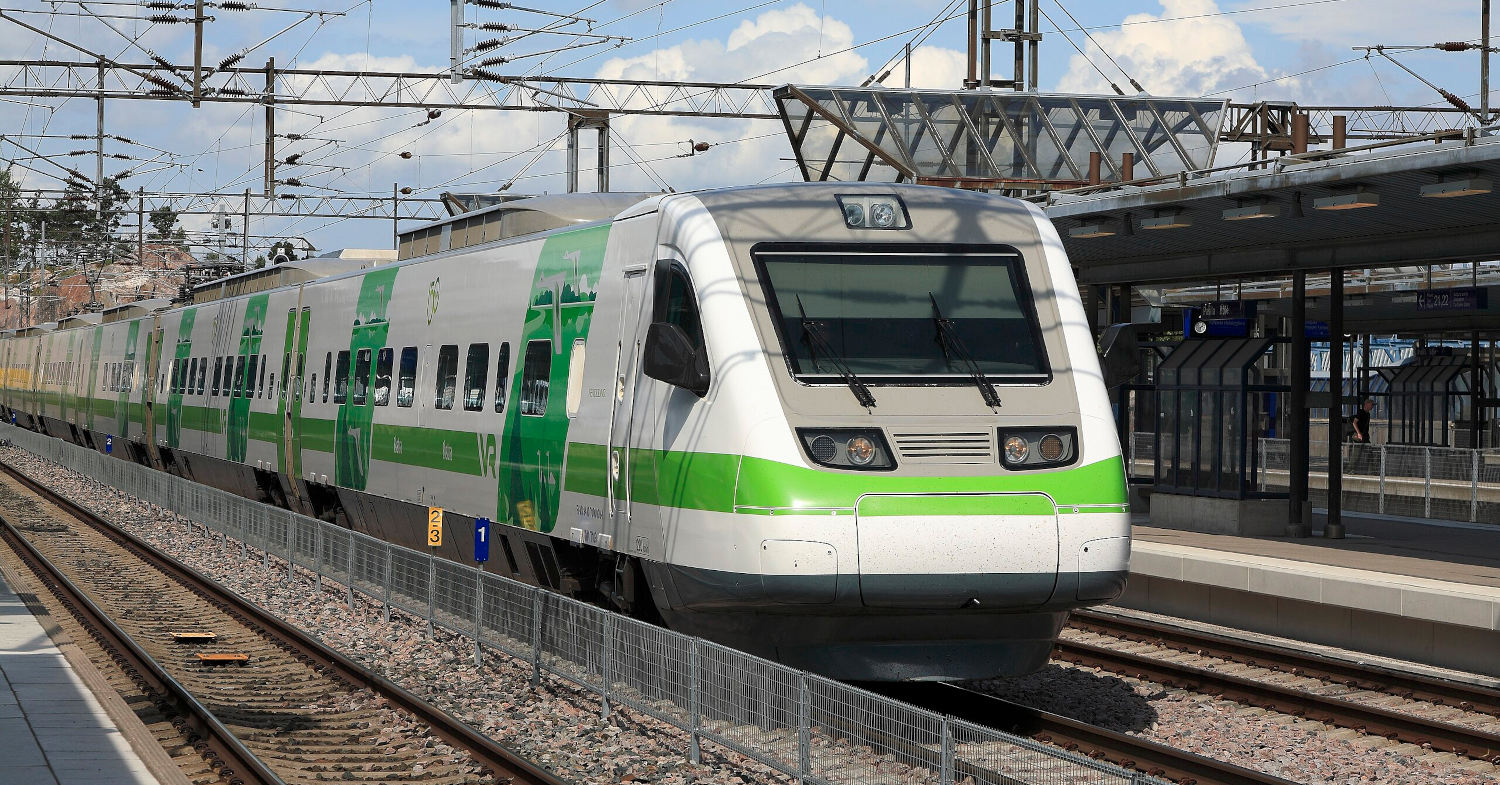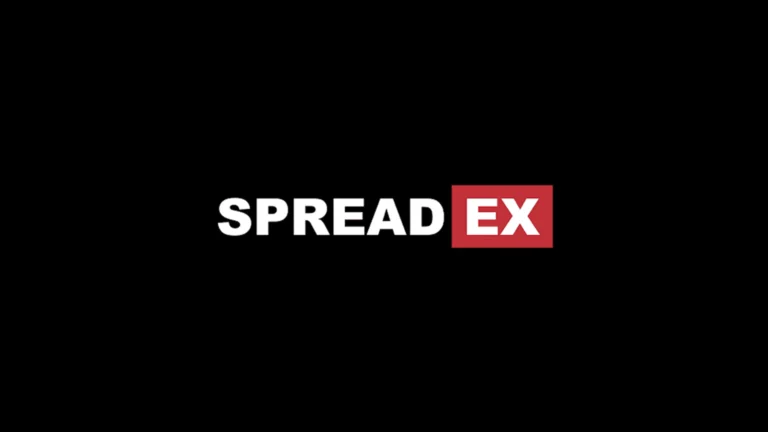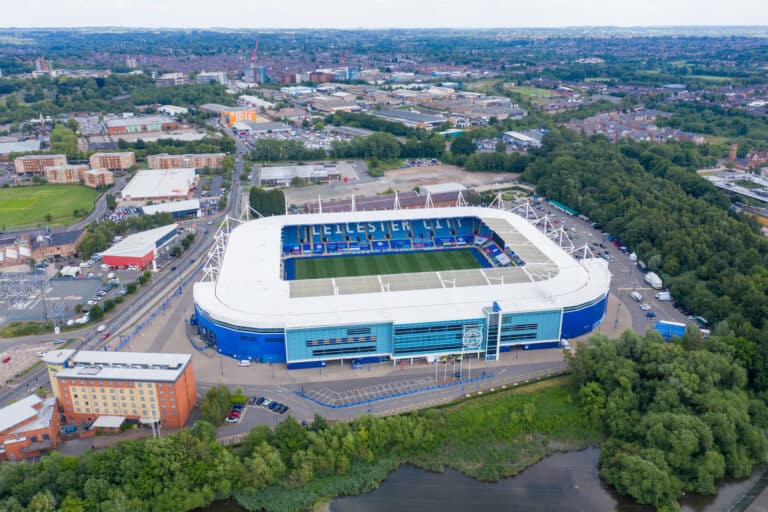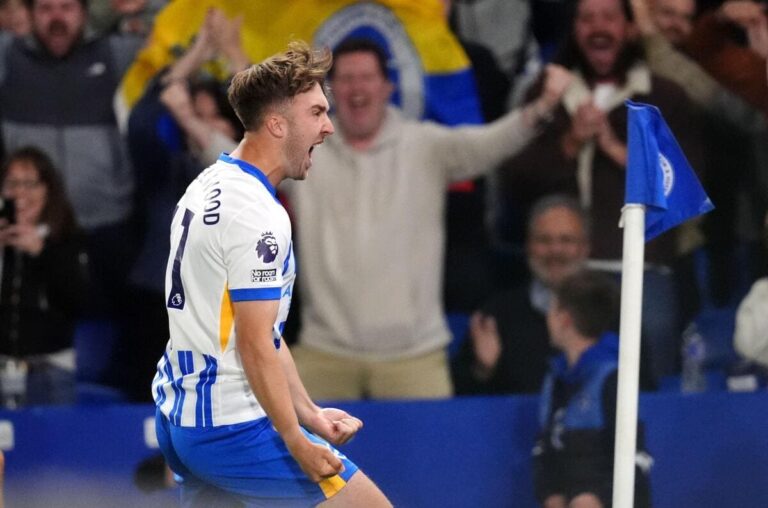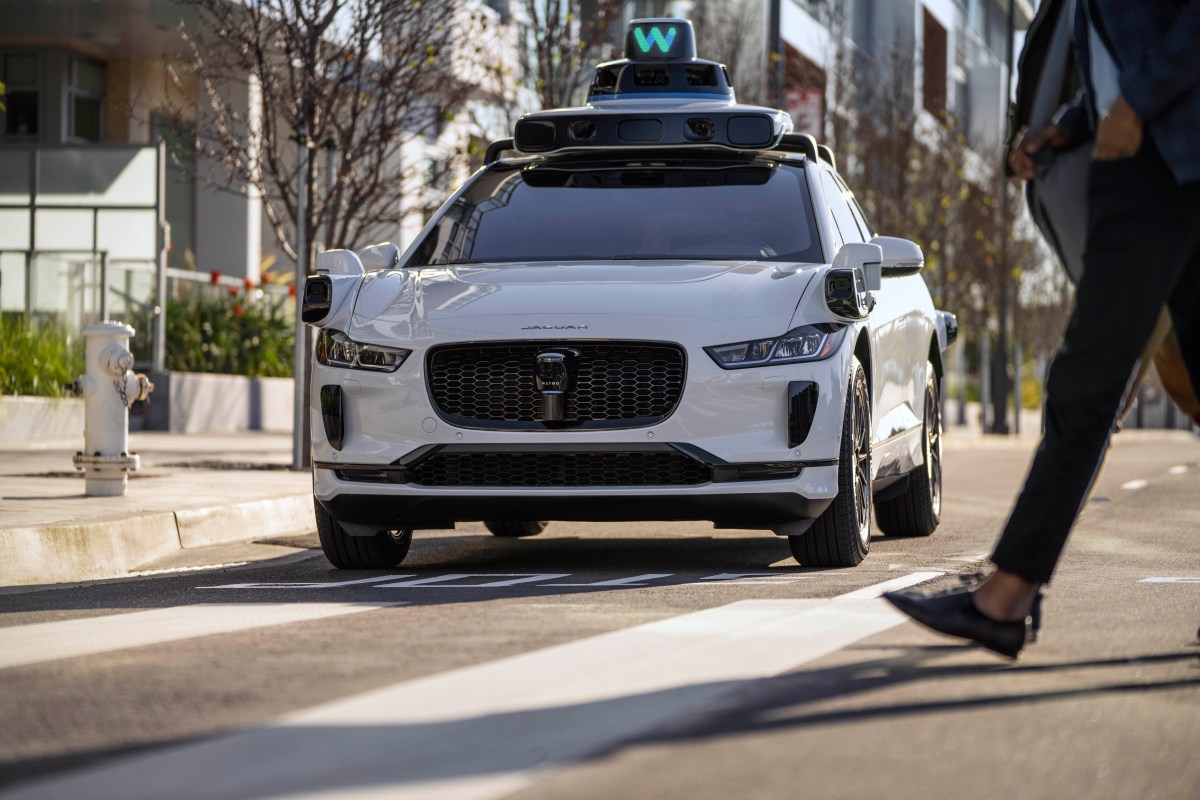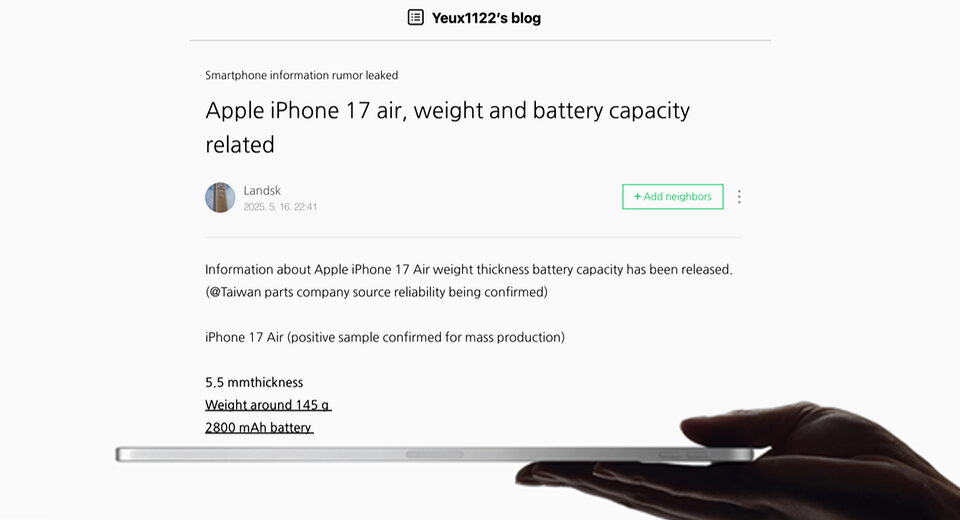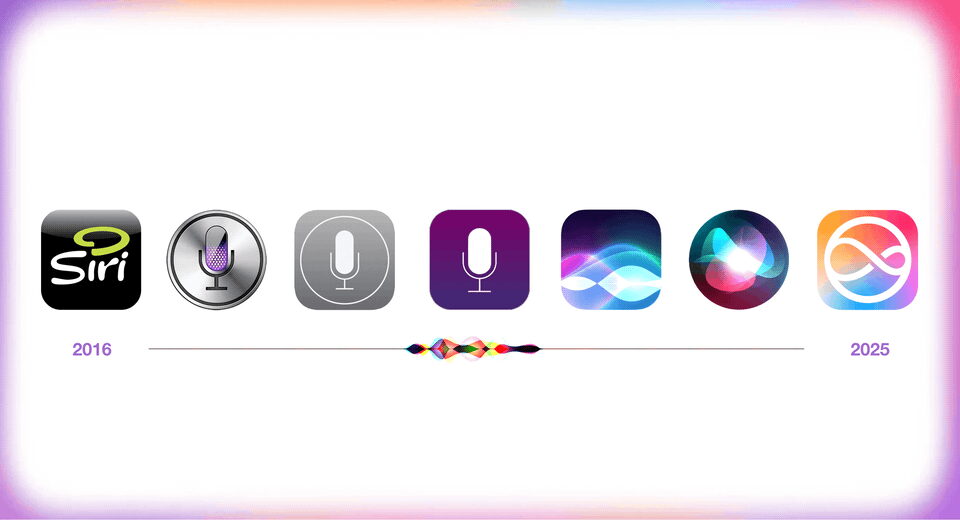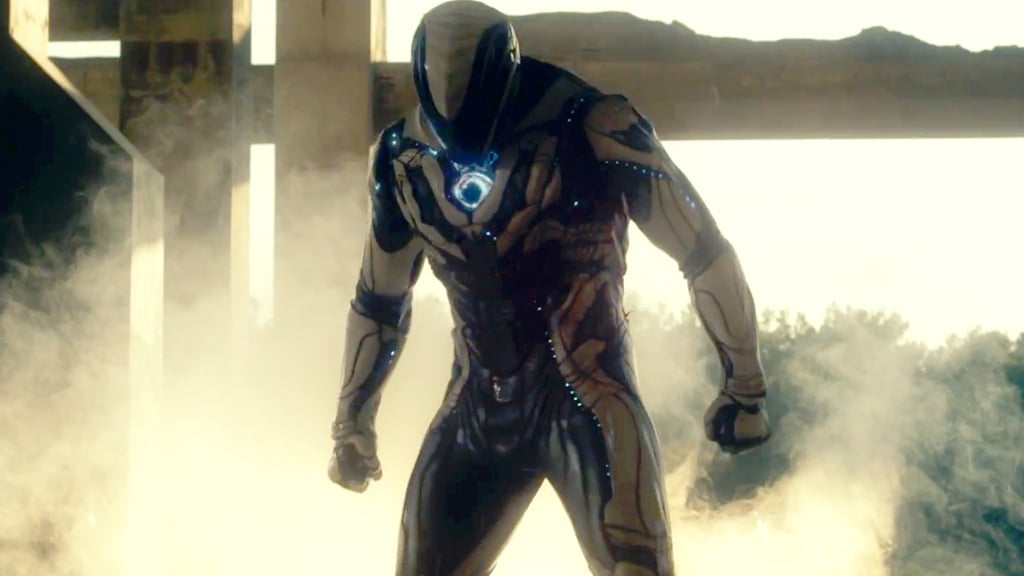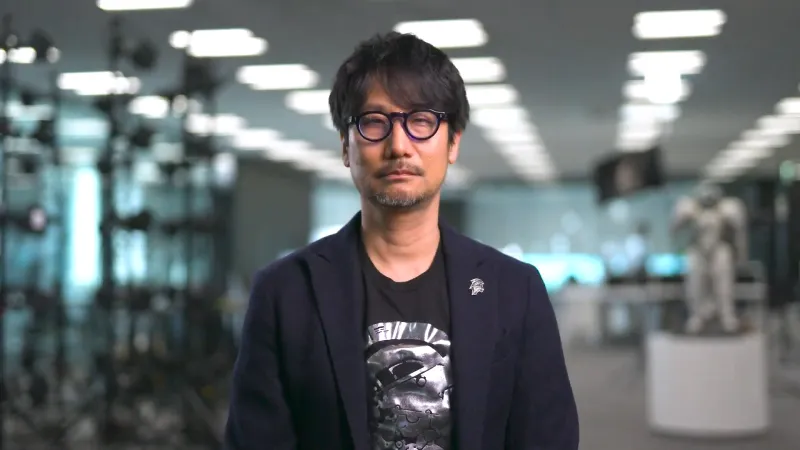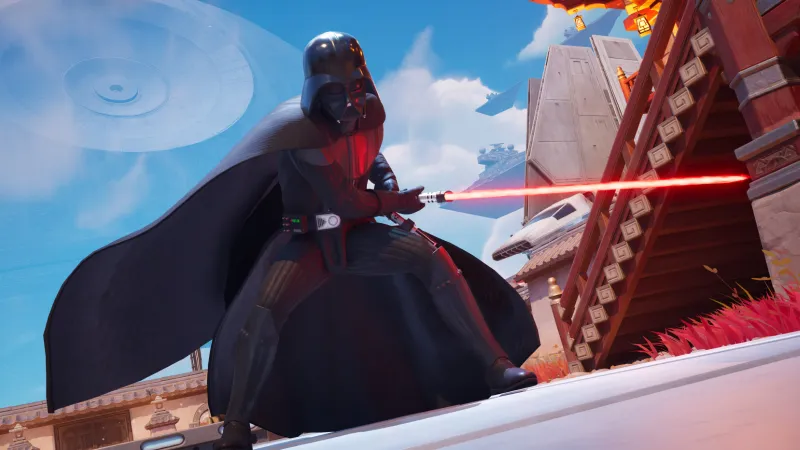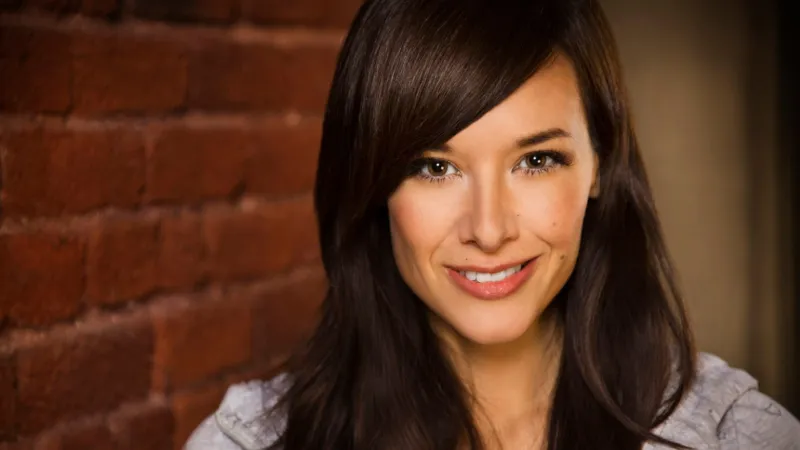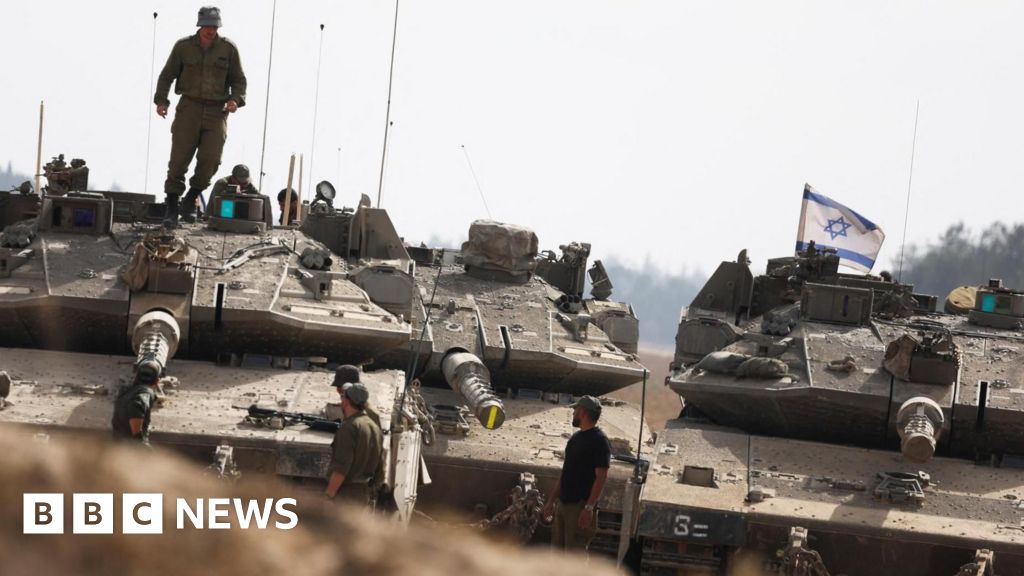How Trump’s Search for a New Air Force One Led to Qatar’s Jet


President Trump wanted a quick solution to his Air Force One problem.
The United States signed a $3.9 billion contract with Boeing in 2018 for two jets to be used as Air Force One, but a series of delays had slowed the work far past the 2024 delivery deadline, possibly beyond Mr. Trump’s second term.
Now Mr. Trump had to fly around in the same old planes that transported President George H.W. Bush 35 years ago. It wasn’t just a vanity project. Those planes, which are no longer in production, require extensive servicing and frequent repairs, and officials from both parties, reaching back a decade or more, had been pressing for replacements.
Mr. Trump, though, wanted a new plane while he was still in office. But how?
“We’re the United States of America,” Mr. Trump said this month. “I believe that we should have the most impressive plane.”
The story of how the Trump administration decided that it would accept a free luxury Boeing 747-8 from Qatar to serve as Air Force One involved weeks of secret coordination between Washington and Doha. The Pentagon and the White House’s military office swung into action, and Mr. Trump’s Middle East envoy, Steven Witkoff, played a key role.
Soon after Mr. Trump took office, military officials started to discuss how the United States could buy a temporary plane for Mr. Trump to use while Boeing’s work creaked along, an investigation by The New York Times found. But by May 11, when the president announced on social media that Qatar would be providing the plane to the United States, he characterized it as “a GIFT, FREE OF CHARGE.”
There are lingering questions about how much financial sense the still-unsigned deal would make, given the costs of refitting the plane for presidential use and operating it over the long run — or even whether the plane could be ready for Mr. Trump to use before the end of his second term.
The outlines of the arrangement that emerged have also drawn condemnation from both Democrats and Republicans in Washington, as well as ethics lawyers, who said it looked either like Mr. Trump himself was taking the gift or that the Qataris were using it to curry favor with the administration.
And it remains unclear exactly how a plan that Pentagon officials and others inside the administration initially assumed would involve buying the plane from Qatar morphed into a proposed gift by the Middle Eastern nation.
Qatar has denied any intention of using the transaction as part of an influence campaign, and Mr. Trump has said he would not use the plane after leaving office. Some elements of the effort to acquire the plane were reported earlier by CNN.
Interviews with 14 people involved in or briefed on the search for the replacement plane say it started when the White House Military Office, which oversees presidential travel, worked with Boeing and the Defense Department to compile a list of every late-model 747 on the market with a business-jet layout, which could more quickly be retrofitted into a presidential plane.
There were only eight planes in the world that fit the bill, including a flashy double-decker jet that Qatar had been trying to sell for several years, with no luck.
A brochure for the aircraft advertised just the kind of opulence Mr. Trump favors. There were “soft fabrics of the highest quality” in the bedroom, along with “luxurious leather and exquisite wood veneers” and a “lavishly designed” bathroom that is “almost a piece of art.”
The emir of Qatar had donated the same make and model to Turkey in 2018 as a gesture of support for President Recep Tayyip Erdogan. Mr. Erdogan had stood by Doha as the country’s bitter rivals in the region cut off diplomatic and transport ties with Qatar, effectively isolating it.
But this second 747 was still available for sale.
Mr. Witkoff, an old friend from Mr. Trump’s early days in New York real estate, knew the Qataris well. The country’s sovereign wealth fund had bailed him out in 2023 when a real estate deal on Central Park South went bad.
So Mr. Witkoff got in touch with the Qataris to ask about the plane.
Love at First Sight
By mid-February, Qatar had agreed to send the jet to Florida when Mr. Trump was at his Mar-a-Lago resort, so he could see the plane firsthand.
The plane arrived on the morning of Saturday, Feb. 15, after a nonstop flight from Doha to West Palm Beach, Fla., according to flight tracking records. Mr. Trump left his club for the short drive to the airport and stepped out of his limousine about 10 a.m., to lay eyes on a plane that once had been used by the Qatari royal family.
“Every surface and detail in this room reflects the opulent design,” the sales brochure said. “The highest level of craftsmanship and engineering prowess was applied to outfit the interior meticulously.”
The upper deck has a lounge and a communications center, while the main bedroom could be “converted into a complete Medical Patient Transport Unit with direct oxygen supply.” For the staff, there was a “business class” section with 12 fully reclining seats.
“It’s a big beast,” Marc Foulkrod, an aerospace engineer who at one point tried to help Qatar sell the plane, said in an interview on Friday.
“Boeing made a great airplane, and it’s a classic piece when you do the V.I.P. version,” said Mr. Foulkrod, who has a consulting firm that helps wealthy clients and heads of state buy jets.
But such planes have a limited number of buyers. “You might find that one-off guy that has a super ego that wants to buy one and ride around in it,” Mr. Foulkrod said.
Major airlines were not interested in buying the plane because it was not configured for commercial use. And 747s are less popular these days even for heads of state. The planes have four engines and are expensive to maintain and operate. Getting parts over time will become more difficult as well, because the planes are no longer manufactured.
Even flying the plane to the United States so Mr. Trump could kick the tires was a wildly expensive endeavor. The cost of operating such a plane is an estimated $25,000 per hour, according to one trade magazine. The hourly cost to charter a jet like this is even higher, about $35,000. That means the round trip flight from Doha to Florida of about 30 hours in the air — not including the time on the ground — could have cost perhaps as much as $1 million for a charter.
The White House suggested at the time that Mr. Trump’s tour of the Qatari plane was intended to put pressure on Boeing to speed its work on its new presidential jets.
After Mr. Trump looked at the plane, one thing was clear: It was love at first sight.
Flying back to Washington on one of the existing Air Force One 747s, he marveled at what he had seen of the interiors of the Qatari jet and talked about the plane as if getting it for his own use was a done deal. A new paint job, his allies in the White House figured, and few other quick upgrades, and it could be ready within the year for Mr. Trump to fly.
The talks about acquiring it intensified.
The Boeing jets that the United States had already paid for became a secondary focus for the White House. Elon Musk had been tasked with pushing Boeing to move faster on them, but Air Force officials were projecting that it would now be 2027, at the earliest, before the first of the two new planes would be ready for Mr. Trump.
Officials from Qatar had been trying to sell its spare 747 since at least 2020. The jet, which was delivered by Boeing in 2012, is worth $150 million to $180 million in its current state, Mr. Foulkrod estimated.
But it turned out that Qatar wouldn’t be selling the plane, after all.
‘A Gift, Free of Charge’
By the time Mr. Trump toured the aircraft on Feb. 15, discussions about how to acquire the plane had changed. The talk among senior aides to Mr. Trump shifted from a government-to-government sale to a donation.
That was a surprise to Air Force officials. At no point, Pentagon officials said, did the Air Force propose that the plane be donated.
One senior administration official told The Times that Qatar raised the option of a potential gift, or at least that Qatari officials were “agreeable” to the idea of a no-charge, government-to-government transfer when it came up. A second official said Mr. Witkoff, for one, always believed the transaction would be a donation.
Another official said Qatari officials volunteered the idea of a donation, an account that Qatar has declined to address. Some administration officials had a simple reaction: If Qatar was willing to give it as a gift, then why wouldn’t the United States take it?
Other administration officials and lawyers came around to the idea that a donation would be simpler and quicker than a sale.
Government officials in Qatar — who had long wanted to unload the plane — had a different version of the sequence of events, according to a person familiar with their timeline.
They were willing to send the jet to Florida for Mr. Trump to take a personal tour. But the expectation was that the plane would be sold to the United States, not offered as a gift.
What is clear is that the ties between the United States and Qatar are already extremely close, in large part because of the sprawling air base there, where the United States has one of its largest operations in the Middle East. And it is a relationship that involves major spending on both sides.
Just since 2003, Qatar has invested more than $8 billion building out the Al Udeid Air Base for use by the United States, according to estimates by the State Department. “These contributions are indispensable to supporting U.S. military operations throughout the region,” a State Department report issued in January said.
Qatar has been willing to spend so much to support the United States’ military base within its territory in part because the American presence helps keep Qatar’s rivals, including Saudi Arabia, at a distance, U.S. military officials said. In fact, during Mr. Trump’s visit to Qatar this month, he announced that Qatar is now preparing to spend another $10 billion at the air base there.
Mr. Witkoff also has strong personal ties to the Gulf kingdom that go back several years. Aside from the bailout by Qatar’s sovereign wealth fund, Mohammed bin Abdulrahman Al-Thani, Qatar’s prime minister, attended the wedding of one of Mr. Witkoff’s sons.
“I have a personal relationship,” Sheikh Mohammed said in an interview this year with Tucker Carlson, around the time the plane negotiations were underway, describing his ties to Mr. Witkoff.
Ethical and Practical Complications
The initial reports that Qatar would donate the plane generated an outcry. The plane would be one of the biggest foreign gifts ever received by the U.S. government, for use by a specific person, with no plans to seek congressional approval.
Democratic lawmakers and good-government groups expressed outrage over the substantial ethical issues the plan presented. Mr. Trump insisted that the planned donation was not a personal gift to him, but to the Defense Department, and that it would go to his presidential library after he leaves office.
Mr. Trump cited the fact the President Ronald Reagan’s library had a decommissioned older model of an Air Force presidential jet on display as precedent for his foundation to take possession of a still-operational aircraft. After leaving office, he said, he would not use the plane as a private jet.
In response to a request for comment, a Qatari government official, who spoke on condition of anonymity in line with protocol, said that no decision had been made yet about transferring the plane to the United States and that legal teams at Qatar’s Defense Ministry and the U.S. Defense Department were still reviewing the issue.
But no specific terms of the planned deal have been made public, and the ability of a future Trump library to take possession of the plane remains murky. And ethical issues are not the only complication.
Even if the terms of the transfer are finalized, current and former Air Force acquisition officials have cautioned that getting the Qatari plane ready to be used by Mr. Trump would not be easy.
Boeing has already spent five years transforming the standard 747 planes the Pentagon had bought into Air Force One jets, with upgrades including communications capabilities, missile defense systems and other measures to protect the planes from an electromagnetic pulse that could be caused by a nuclear bomb.
Dozens of small cracks in the body of the planes — which are commonly found in the 747-8, the model of the Qatari plane as well — also had been identified and repaired.
The Qatari plane has a luxurious interior. But considerable work would be necessary to prepare the plane to serve as a true Air Force One — including ridding the jet of any hidden electronic listening devices and adding advanced communications equipment and specialized systems to protect the plane from a missile attack or other threats. And even if the plane is donated, the cost of those retrofits would be enormous, according to current and former Pentagon officials: at least $1 billion.
Mr. Foulkrod said preparing the new plane for use by a U.S. president would take years — pushing any chance for Mr. Trump to use it out past 2027.
“It is ridiculous,” Mr. Foulkrod said of the idea that the Qatari plane could be a quick fix, adding that the existing Boeing projects could probably be accelerated more. “That’s a better dollar value than trying to take an airplane from somebody else and trying to make it into a presidential plane. It makes no sense.”
The Qatari plane is currently in San Antonio, according to photographs of the plane and flight records examined by The Times.
No new appropriation for any work on the plane — or to maintain it and supply a crew — has been approved by Congress, which would be sure to scrutinize any deal completed with Qatar.
White House officials have said they are considering hiring L3Harris, a military contractor, to handle the work needed on the Qatari plane, although the source of the money to do this work, or even the total price tag, has not been made public.
Mr. Trump could also waive requirements for advanced security systems on the plane — although former Pentagon officials said this would be a mistake, as the plane is an essential part of the nation’s military defense during wartime.
Sheikh Mohammed, the Qatari prime minister, has in recent days defended the move, calling it a routine government-to-government transfer, not unlike military assistance the two nations provide each other.
“Why would we buy an influence in the United States?” Sheikh Mohammed told a CNN reporter, adding, “This friendship needs to be mutually beneficial for both countries.”
Andrew Hunter, who until January served as Air Force assistant secretary supervising the Air Force One effort, said that once the plane was acquired — by gift or purchase — it would represent a major new cost for the federal government.
Paying for the crew alone of an Air Force One jet costs more than $37 million a year, and the total annual operating cost is $134 million a year, Pentagon documents show.
“No one other than a nation-state — or an airline — could afford to operate this plane,” Mr. Hunter said. “It’s wildly expensive.”
What's Your Reaction?
 Like
0
Like
0
 Dislike
0
Dislike
0
 Love
0
Love
0
 Funny
0
Funny
0
 Angry
0
Angry
0
 Sad
0
Sad
0
 Wow
0
Wow
0
